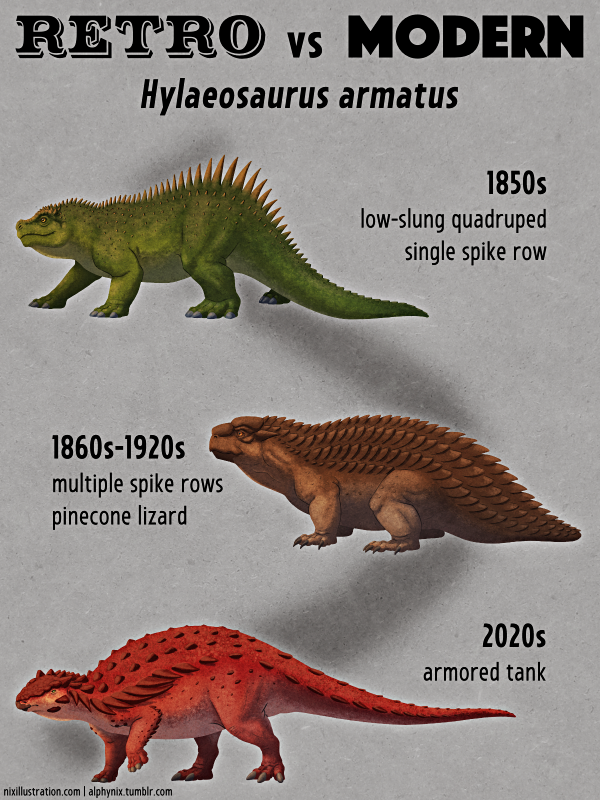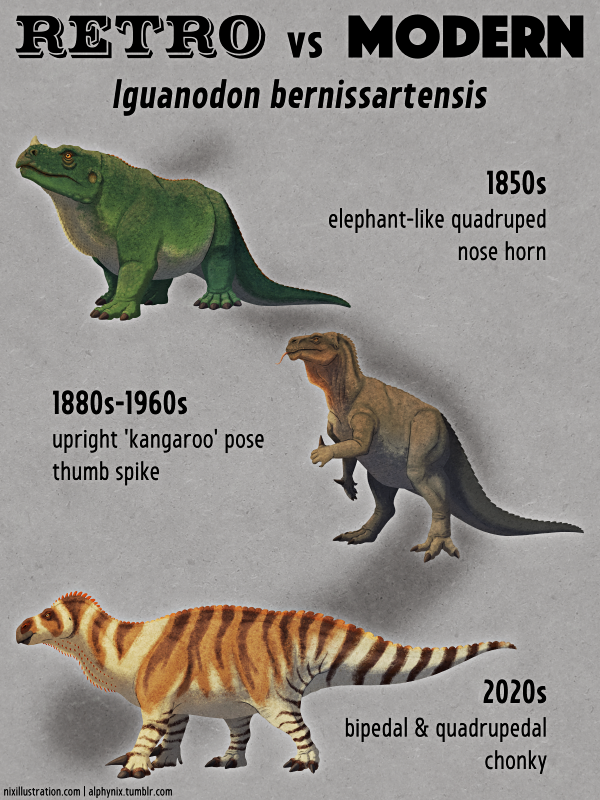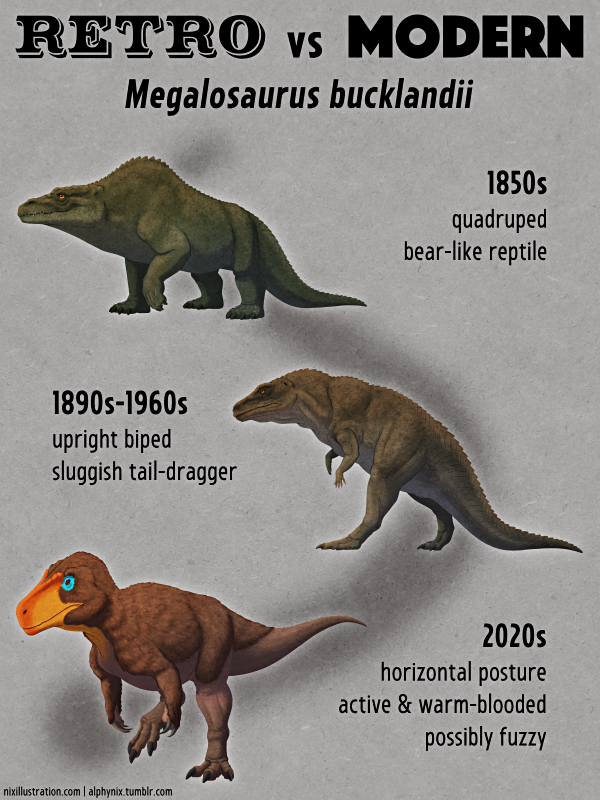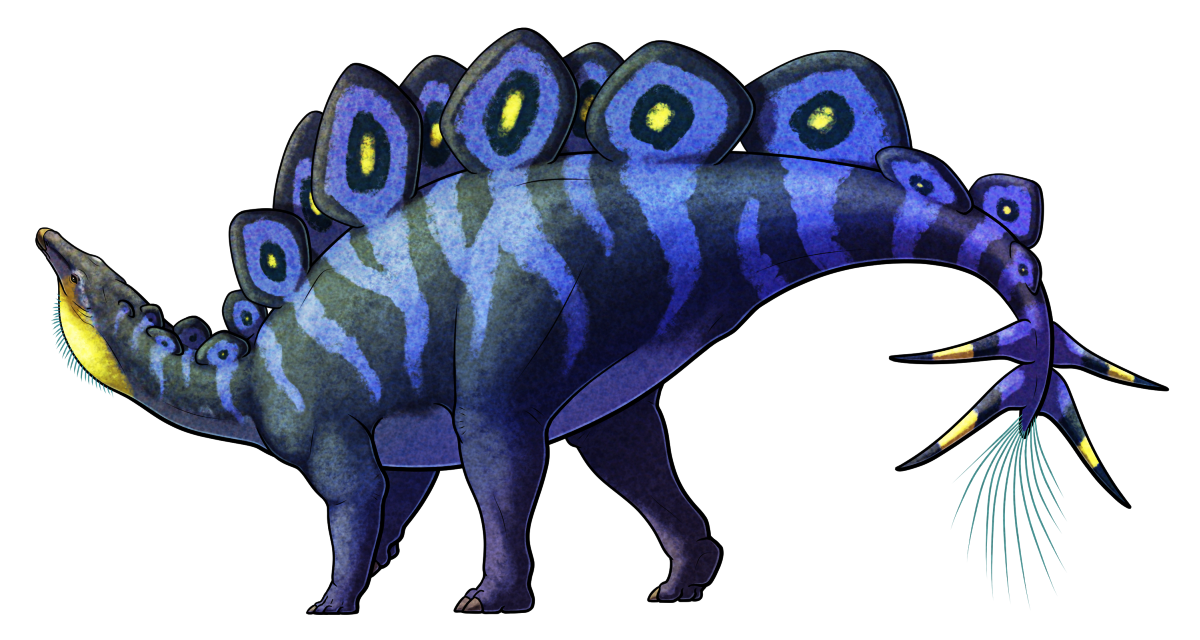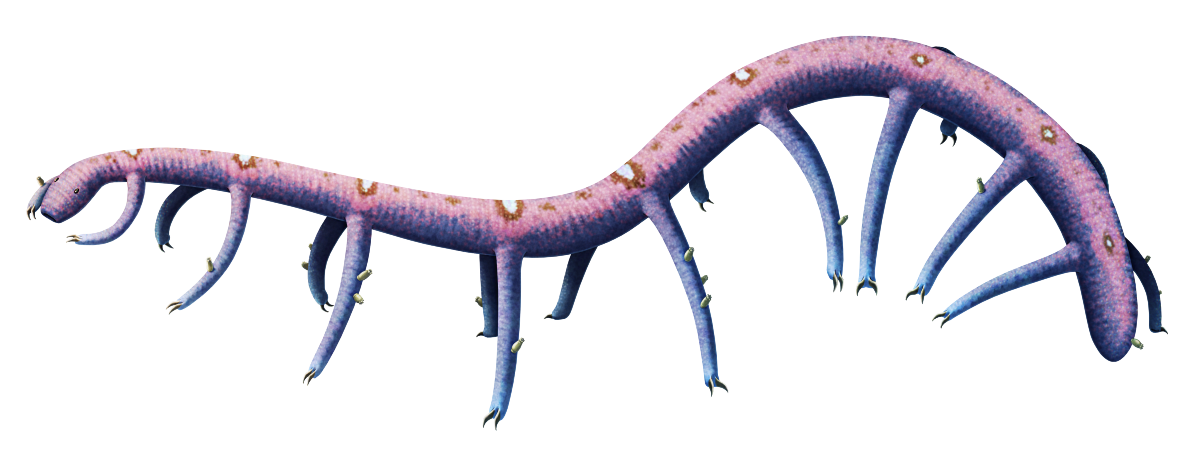Retro vs Modern #03: Hylaeosaurus armatus
Despite being the third-ever scientifically named dinosaur genus, and being used in the first official definition of dinosaurs as a group, Hylaeosaurus armatus has ended up as a much less well-known name than Iguanodon or even Megalosaurus. It was also the very first ankylosaur to be discovered, found as a partial skeleton in Southeast England … Continue reading “Retro vs Modern #03: Hylaeosaurus armatus”

